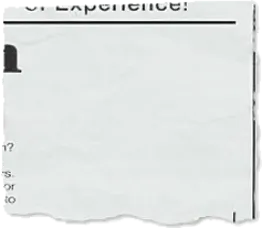

Alt text, also known as alternative text or alt tags, refers to the text description that is added to an image on a website. This alternative text is used by screen readers to provide information about the image for visually impaired individuals. But does alt text have any impact on SEO?
The short answer is yes, alt text does help with SEO. Search engines like Google rely on various signals to understand and rank web pages, and alt text is one of those signals. Here’s how alt text can benefit your website’s SEO.
What is alt text?
Alt text is a crucial component of web accessibility that is often overlooked or misunderstood. It is a brief description or ‘text alternative’ added to an image that is read by screen readers to provide information to visually impaired people. Alt text allows them to understand the content and purpose of an image and ensures they have equal access to the information presented on websites.
The primary purpose of alt text is to convey the meaning and context of an image when it cannot be visually perceived. This includes situations where the image fails to load, the user has disabled image display, or someone is relying on a screen reader. By adding relevant alt text, website owners can ensure their content is accessible to a wider audience, including those with visual impairments.
In addition to aiding accessibility, alt text also serves a crucial role in search engine optimisation (SEO). Search engines rely on alt text to understand and index images, which can improve the visibility and ranking of a website. Including relevant keywords and descriptive phrases in alt text can help search engines categorise and display images in search results, attracting more traffic to your website.
How to write good alt text
When creating alt text, it is essential to be descriptive and concise. The text should provide a clear and accurate description of the image’s content and purpose. It should also be specific enough to convey the essential details without going into unnecessary detail. The recommended length for alt text is typically 125 characters or less, ensuring it can be easily read and understood by screen reader users.
To write effective alt text, consider the following guidelines:
1. Be descriptive
Alt text should accurately describe the image. Use concise and clear language to provide a meaningful description of the image. Think about the content and purpose of the image and include relevant details that convey its essence.
2. Be specific
Avoid generic descriptions and instead, focus on the specific details of the image. For example, instead of writing “picture of a dog,” you could write “brown Labrador Retriever playing fetch in the park.” This specificity provides more context and helps users better understand the image.
3. Keep it short
While it’s important to be descriptive, it’s also crucial to keep the alt text concise. Aim for around 125 characters or less to ensure that the text is not overwhelming or distracting. Use only the necessary information to convey the image’s content effectively.
4. Use keywords with caution
Include relevant keywords that accurately describe the image and its context. Avoid over-optimisation and never engage in keyword stuffing or use unrelated keywords that don’t accurately describe the image. Focus on including keywords that naturally align with the image and its purpose.
5. Consider context
Alt text should be written with the entire web page in mind. Take into account the context of the image and its surroundings. If the image is part of a larger content piece, ensure that the alt text reflects that context and provides a seamless experience for users.
6. Don’t use alt text for decorative images
Alt text should only be applied to informative images that contribute to the understanding of the content. Decorative images such as borders or spacers should have empty alt attributes or be marked as decorative.
7. Avoid repetition
If an image is repeated on a webpage, there’s no need to provide the same alt text for each instance. Instead, use alt text that differs slightly to provide additional information or context, if necessary.
Benefits of alt text for SEO
Improved accessibility
By adding alt text to your images, you are making your website more accessible to visually impaired users. This contributes to a better user experience and demonstrates that your website is inclusive and considerate.
Keyword relevance
Alt text provides an opportunity to include relevant keywords that describe the image and its context. This helps search engines understand what the image is about and can contribute to better ranking for related search queries.
Image search optimisation
Alt text is crucial for optimising your images when it comes to image search results. When users search for images related to a specific keyword, search engines rely on the alt text to determine the relevance and display appropriate results. By optimising your alt text, you can increase the chances of your images appearing in relevant image searches.
Better search rankings
While alt text alone may not directly impact your website’s overall ranking, it can indirectly contribute to improved rankings. By providing accurate and descriptive alt text, you can enhance the overall quality and relevancy of your content, which search engines consider when determining rankings.
Improved user experience
Alt text not only benefits visually impaired users but also improves the overall user experience. When an image fails to load due to slow internet connection or technical issues, the alt text is displayed instead. This allows users to understand the content of the image even if they can’t see it. Moreover, descriptive alt text can also provide additional information or context for the image, enhancing user engagement.
It’s not so much a question of “does alt text help SEO” as it is how can you make sure your alt text is contributing to your SEO strategy. By providing accurate and relevant descriptions of your images, you can improve the accessibility of your website, optimise for image search results and enhance the overall quality of your content. Take the time to add descriptive alt text to your images and reap the benefits for both SEO and user experience.










